
Navigating the roads as a driver often involves sharing the space with cyclists. While there might be moments of uncertainty for new drivers and occasional frustrations for the seasoned ones, it’s crucial to remember that cyclists can be at greater risk on the road.
Ensuring the safety of both drivers and cyclists is a shared responsibility. In this guide, we’ll offer practical advice on how drivers can coexist harmoniously with cyclists and ensure everyone’s safety.
Why is it so important to pay attention to cyclists?
In recent years, the emphasis on environmentally friendly travel options has intensified, leading to a notable shift in transportation choices.
Many individuals are turning to greener vehicles, but a significant number are gravitating towards the cleanest mode of transport: bicycles. Cycling not only reduces your carbon footprint but also promotes physical health and well-being.
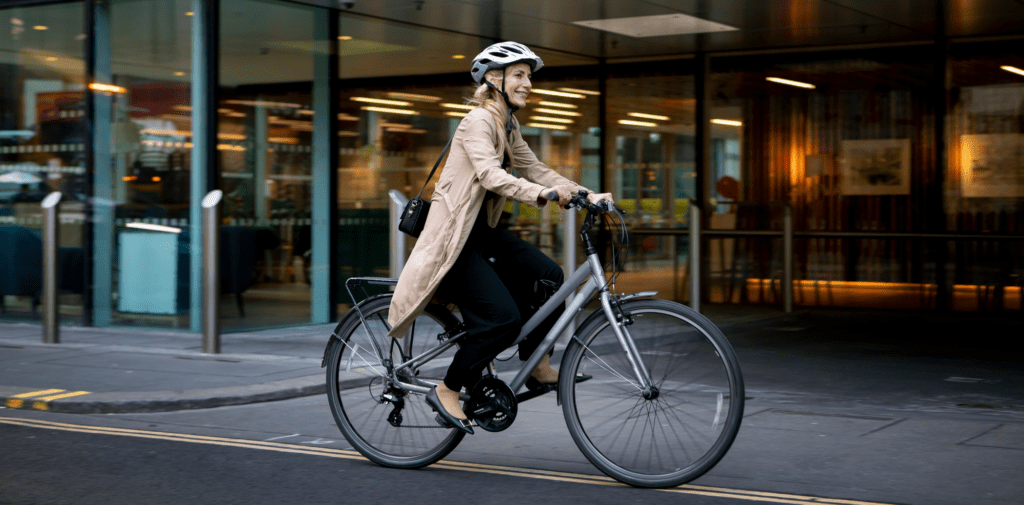
However, despite the increasing number of cyclists, roads can be perilous for those navigating on two wheels. According to statistics from the DVSA, in the year ending June 2018, a staggering 17,520 cyclists faced casualties, with 3,780 of these incidents resulting in serious injuries or fatalities.
Even though these numbers show a decreasing trend, they still highlight the urgent need for increased safety measures and awareness.
For motorists, this underlines the significance of being vigilant and cautious around cyclists. By adopting a more attentive and considerate driving style, drivers can play a crucial role in reducing these numbers further and ensuring a safer environment for all road users.
Tips to stay safe when driving around cyclists
1. Provide Ample Space
While bicycles occupy less space than cars, cyclists face unique challenges such as potholes, parked cars, and gusty winds that can divert their course.
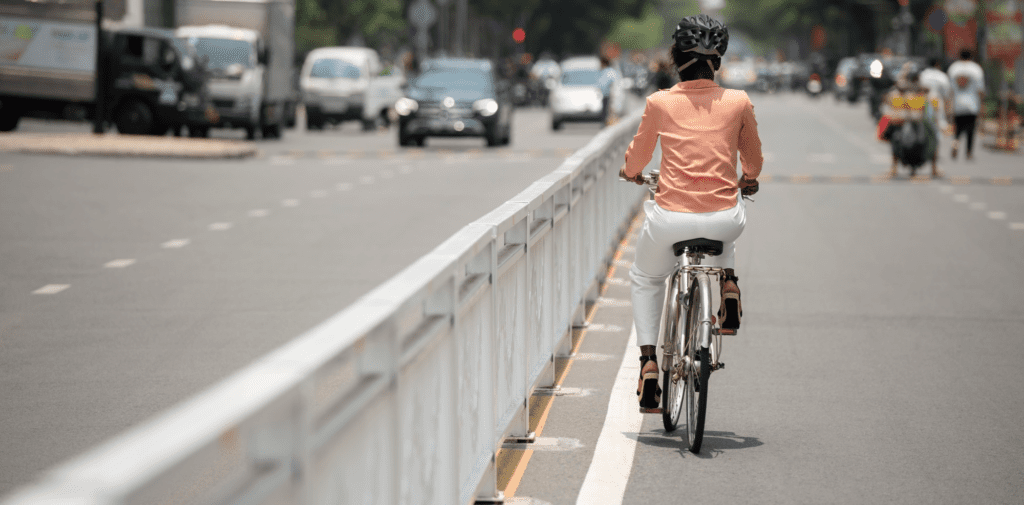
Tailgating a cyclist can be dangerous because they lack the protective shell of a car. Therefore, when driving beside a cyclist, maintain a distance of about 1.5 metres or 5 feet.
2. Exercise Caution at Junctions
Ensure you look out for cyclists, especially at junctions where they might be less visible. When emerging from a junction, advance slowly to get a comprehensive view and be particularly watchful for cyclists from both directions.
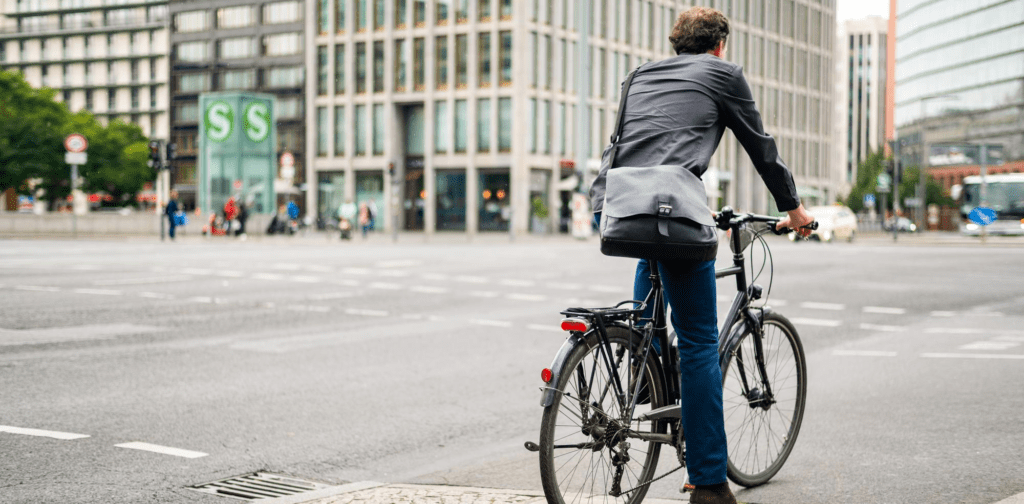
Bear in mind that cyclists might not always notice vehicles trailing them, so be patient and avoid sudden manoeuvres.
3. Be Mindful When Turning
Always check for cyclists when changing lanes or making turns. Before turning across traffic lanes, ensure no cyclist is in your blind spot or attempting to overtake.
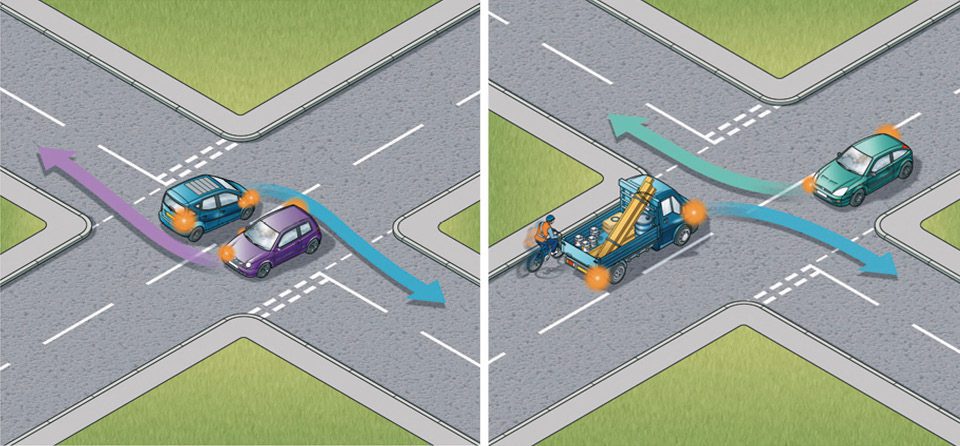
© Crown copyright (Open Government Licence)
A cyclist’s presence might be obscured during turns, so consistent and thorough observations are crucial.
4. Overtake Safely
Only overtake cyclists when it’s safe and you can maintain a proper distance. Avoid overtaking near junctions; instead, wait until you’re on a clear stretch of the road. Always prioritise the cyclist’s safety.
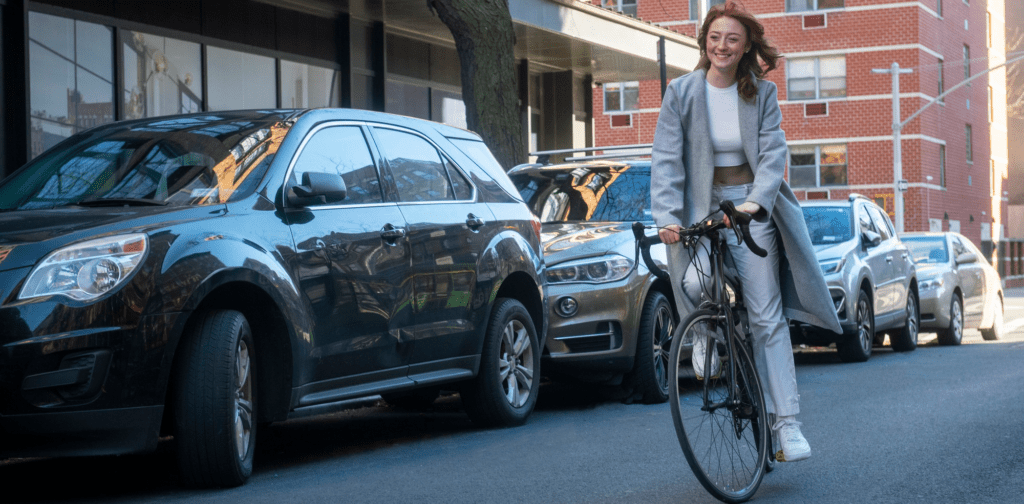
5. Maintain Constant Vigilance
Regularly checking mirrors and blind spots is essential. This frequent observation helps you spot cyclists who might weave through traffic or approach from behind unexpectedly. Especially when reversing, ensure your surroundings are clear.
6. Adjust Driving According to Conditions
Whether it’s due to weather or road conditions, always adapt your driving style. For instance, in rainy or snowy conditions, allow more space for cyclists. Also, remain alert in residential areas where cyclists are more prevalent.
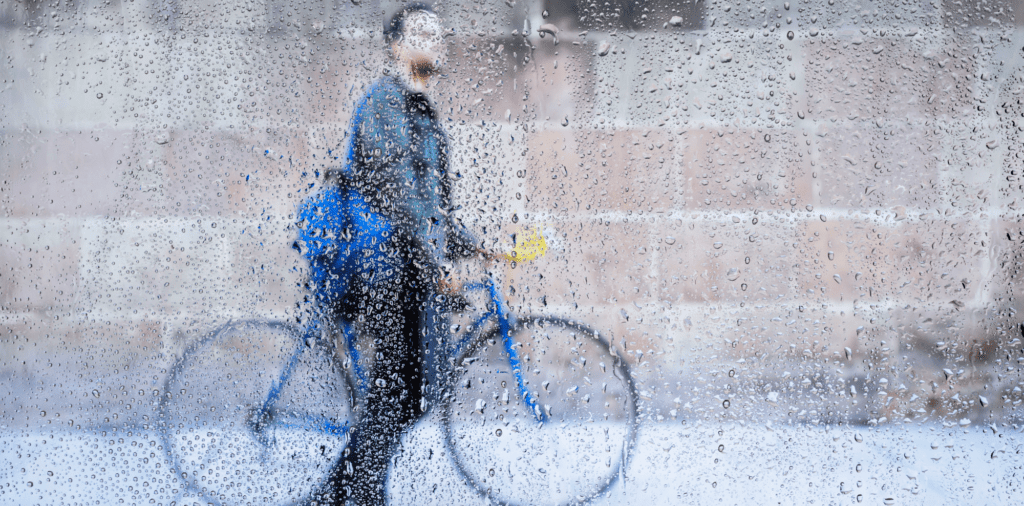
7. Respect Road Markings
Always stop at the line at junctions to allow cyclists a safe space. Avoid driving in cycle lanes with solid white lines during their operational times. When using lanes with broken lines, ensure it’s safe and doesn’t obstruct cyclists.
8. Watch Your Speed
Speed limits indicate the maximum allowable speed, not necessarily the safest. When in proximity to cyclists, consider reducing your speed to ensure their safety.
9. Understand and Use Clear Signals
Watch for any hand signals or gestures cyclists make to anticipate their next move. Simultaneously, ensure you signal in advance so cyclists can adjust their riding accordingly.
10. Open Your Door Carefully
Before opening your car door, especially on traffic side, always check for approaching cyclists. A useful practice is the Dutch Reach method: use the hand furthest from the door to open it, naturally turning your body and allowing you to check the blind spot behind.
In Conclusion
Staying informed and practicing these safety tips can lead to harmonious road sharing. For a comprehensive understanding, revisiting the Highway Code is always a good idea, irrespective of your driving experience. Safe driving benefits everyone on the road!
Frequently asked questions
No. If you believe a cyclist hasn’t noticed you, it’s best to wait until it’s safe to pass. Avoid honking your horn as it might startle the cyclist, potentially leading to an accident or causing them to lose control. Always prioritize safety over haste.
Yes, cyclists, like all other road users, are required to stop at red lights. It’s against the law to proceed when the traffic signal is red. However, it’s worth noting that some cyclists and drivers might not always adhere to this rule. Safety should always be a priority for everyone on the road.
Yes. Cyclists might ride in the centre of a lane, especially if they believe the lane is too narrow for a vehicle to pass safely.
By positioning themselves this way, they aim to prevent unsafe overtaking. If you encounter a cyclist in this position, it’s a good indication to proceed with caution.
Yes. While cycling lanes are designed to enhance the safety of cyclists, their use is not mandatory. Cyclists have the discretion to decide whether to use them or ride on the road.
Some experienced cyclists might opt for the road over a cycling lane based on their judgment or preference.
When approaching a cyclist, slow down and be prepared to give them plenty of space.
Cyclists have the same rights to the road as drivers, and it’s important to approach them with caution.
You should leave at least 1.5 metres of space when overtaking a cyclist.
This ensures their safety and reduces the risk of accidents, especially if they need to avoid obstacles or suddenly lose balance.
No, it is not safe to overtake a cyclist on a bend or narrow road where visibility is limited.
Wait until the road is straight and clear, and you have enough room to pass safely.
If a cyclist is signalling a turn, slow down and give them the right of way.
Allow them to complete their turn safely before proceeding.
Be aware that cyclists may need to swerve to avoid obstacles like potholes, drains, or debris. Always stay alert and give them enough space to manoeuvre safely.
If you need to turn left and there is a cyclist on your left, allow them to pass the junction first.
Do not overtake them and then immediately turn across their path.
Treat cyclists as you would any other vehicle in a roundabout. Give them space, do not overtake within the roundabout, and be prepared to yield if they are ahead of you.
Do not park in cycle lanes. Always check for cyclists before opening your car door to avoid causing an obstruction or accident, a practice known as the “Dutch Reach.”
Ensure your indicators and brake lights are always working, and use them well in advance to signal your intentions.
Make eye contact with cyclists at junctions to acknowledge their presence.
Failing to check your mirrors for cyclists can result in collisions when changing lanes or turning.
Always perform a thorough mirror check and blind spot check to ensure it’s safe to proceed.
Yes, cyclists are legally allowed to ride two abreast, particularly in narrower or more hazardous areas. This practice can increase their visibility and safety.
Be patient and only overtake when it is safe, giving them ample space. Avoid honking or gesturing, as this can startle cyclists and create a dangerous situation.
If a cyclist seems inexperienced or unsteady, give them extra room and be prepared for unexpected movements. Pass them slowly and cautiously to ensure their safety.
Children on bicycles may not have the same level of control or awareness as adults.
They are more unpredictable, so give them extra space and slow down significantly when passing them.
Always practice patience and courtesy when driving near cyclists.
Educate yourself on road sharing rules, stay alert, and advocate for better cycling infrastructure in your community to promote safer interactions between drivers and cyclists.


